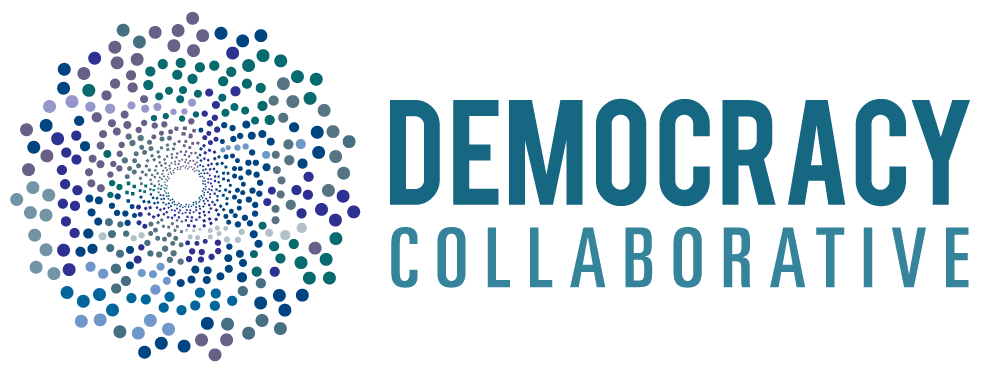A US green investment bank for all: Democratized finance for a just transition
by: Thomas Marois, Ali Riza Güngen
In ways unimaginable just a few years ago, public banking and its potential for catalyzing a transition to a green and just future have been catapulted to the center of political and economic debate. The reason: The greed-driven excesses of Wall Street and global finance that gave rise to the 2008-09 global financial crisis are now continuing to drive today’s global crisis of climate finance.
The financial sector today offers seemingly limitless access to debt for financing planet-damaging consumption but does not carry its weight in financing solutions to the climate crisis. Of the $454 billion in climate finance invested in 2016, the private investment sector, which controls 80 percent of all banking assets, contributed $230 billion, while the public sector contributed $224 billion. That is, with only 20 percent of total assets, public banks invest nearly as much as all private banks combined. The short-term, return-maximizing horizons of private finance have failed, utterly, to drive anything like a green transition. The future of climate finance must look to the public sphere, not the private.
We must also ensure that the green transition is just. The costs of the global finance and climate crises have fallen disproportionately onto workers, women, racialized communities, and the most marginalized in society. In the financial crisis, failing corporations got direct bailouts; their low-wage workers and the unemployed got imposed austerity as public support systems were axed. The challenges the climate crisis will impose on both the natural and built environment will also necessarily be faced unequally and unjustly. The most marginalized will bear the brunt of transition by virtue of existing structural barriers and in-built systems of oppression.
What is urgently required is strategy and action on a green and just transition for all. Democratized finance will be key. Low-carbon infrastructure needs constructing, local jobs protecting, fossil fuels need to remain in the ground, the planet needs cooling, and social equity needs action. Yet there is no hope of this type of green and just transition without financial institutions that can be democratically commanded to function in the public interest.
It is for this reason that we propose the creation of a democratized US Green Investment Bank (GIB). A democratized GIB has the potential to catalyze a transition to a socially just and environmentally sustainable future that is otherwise impossible under the short-term, high-return regime of private financiers (regardless of the extent of their financial resources). The GIB’s potential is, of course, only realizable within a grander strategy of socioeconomic transformation, such as is envisioned within the Green New Deal. The proposed design of a new GIB is meant to fit strategically within this evolving framework. Its potential depends on the GIB catalyzing structural change in the public interest.
A new GIB needs to function in accordance with a triple bottom line: (1) a green and just transition, (2) financial sustainability, (3) and democratic decision-making.
Key points include:
Public banks that already exist in the USA and around the world offer important and viable precedents that can inform the creation of a new public green investment bank. Public banks in the US throughout history have shown variations in both their structure and social content as the major motives for their creation have changed over time. Nonetheless, public banking capacity will be critical for furthering a socially progressive agenda and public banks are potential strongholds to support the public good.
A GIB will need to be financially sustainable, but there is no evidence that public banks must prioritize returns to be financially sustainable. What sustainability does mean here is securing sufficient and recurrent income to fulfill its mandate, on par with the aim of enabling a green and just transition and democratic decision-making. The key political-economic decision in the design is the balance between concessionary lending (nonprofit and loss-making operations) and non-concessionary lending (that is, for-profit). The answers must follow from the bank’s public interest mandate and triple bottom line.
A GIB must move beyond corporatized “governance” models to being meaningfully democratized. That means internalizing and acknowledging the already-existing connections (and disparities) between society, politics, and economics in institutional decision-making in ways that are transparent and accountable to the affected community. We recommend combining the representative and inclusive forms of representation within the GIB in order to provide substantive democratized oversight and accountability, which can then enable the bank to function credibly in the public interest.

